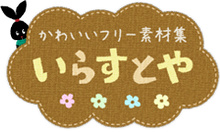Simple sentences can be combined into one compound sentence by changing the verb form at the end of the first sentence to the て-form.
COMBINE THE TWO SENTENCES INTO ONE COMPOUND SENTENCE BY CHANGING THE JOINING VERB ENDING TO THE て FORM:
|
ゆうびんきょく は、おてら の 前に あって、えき に ちかい です。
|
ANOTHER EXAMPLE:
私 の まち は、うみ の そば に あって、かんこうきゃく は、たくさん くる。
- My town is near the sea, and many tourists come.
Using a variety of sentence types and lengths makes our language (written or spoken) more interesting, and therefore more engaging for our audience (reader or listener).
In these videos, Patrick from Kanji-Link explains how to conjugate the TE form, and how to use the TE form to link sentences.
A heads up: Patrick refers to ICHI-DAN verbs as 'Type 2 verbs', and GO-DAN verbs as 'Type 1 verbs'. This is a different classification that some teachers outside of Japan use. Confusing!
A heads up: Patrick refers to ICHI-DAN verbs as 'Type 2 verbs', and GO-DAN verbs as 'Type 1 verbs'. This is a different classification that some teachers outside of Japan use. Confusing!
|
|
|





